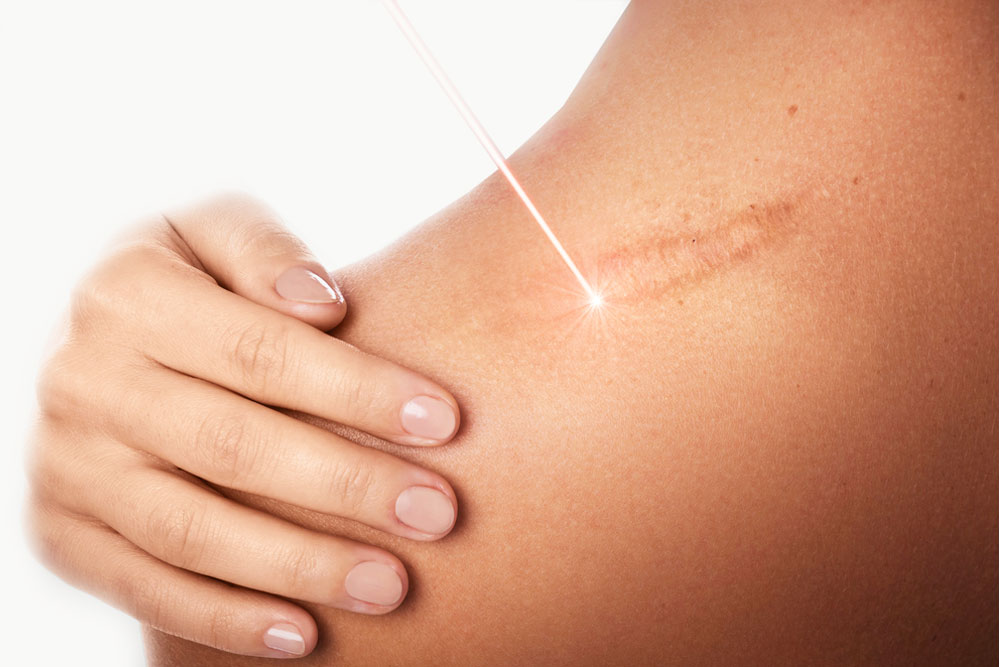Gynecomastia (true gynecomastia) is a male mammary gland that is enlarged beyond the norm. Pseudogynecomastia (false gynecomastia, lipomastia) describes the enlargement of the male breast due to accumulations of fat without the mammary gland being enlarged. A mixed type is also common.
Little is known about the causes of real gynecomastia , but it is important to make a clear distinction between whether the cause is a serious illness or whether it is just a variation of the norm. The diagnosis of a norm variant can only be made after pathological causes can definitely be ruled out (female hormones, kidney and liver diseases, side effects of medication and genetic causes).
Gynecomastia can occur on one or both sides, but it can be symptom-free but also associated with pain and feelings of tension in the breast. A common variant of the norm is puberty gynecomastia, which can lead to considerable mental stress in young people. It occurs in about 60% of boys during puberty and usually disappears within 2 to 3 years. Rarely does it not resolve spontaneously and persist.
It is important to clarify the cause before further treatment is carried out. Surgery only treats the symptom, not the cause. If conservative therapies do not work for gynecomastia, the male breast can be reduced by surgery (subcutaneous mastectomy).
In true gynecomastia, the mammary gland is surgically removed. In exceptional cases, a reduction in the size of the areola and a lift of the breast may also be necessary.
In false gynecomastia , excess fatty tissue is removed using liposuction (liposuction). If there is a lot of excess skin, the breast can also be lifted surgically.



























